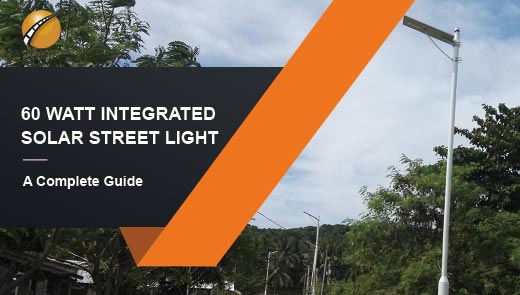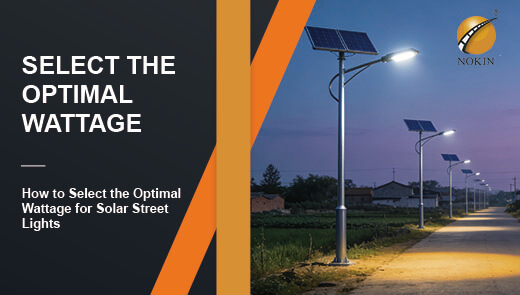The Green Revolution Led by Top LED Solar Lights Manufacturers
Against the backdrop of the global push toward green energy transition, the lighting industry is undergoing a profound transformation. LED solar lighting fixtures, with their energy-saving, environmentally friendly, and efficient characteristics, have become the core driving force behind this transformation. Top LED solar lighting manufacturers are leading this green lighting revolution forward with innovative technology and exceptional products.
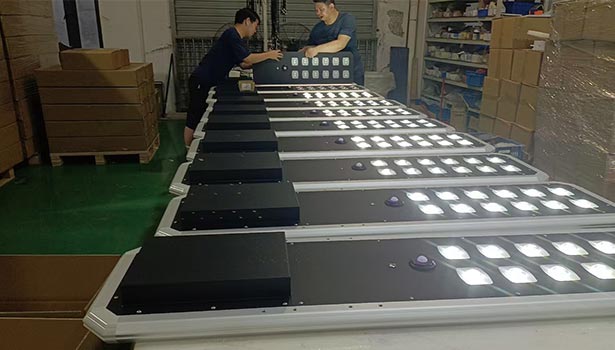
The Evolution of Solar Lighting
Early Solar Lighting Innovations
Long before the modern technological revolution, humanity had already begun exploring solar lighting. The ancient Egyptians used columns and pools to cleverly channel sunlight into the corners of temples for illumination; the ancient Romans utilized south-facing windows to bring in natural light. These practices laid the foundation for the concept of “manipulating sunlight.”
From the 19th to the early 20th century, a series of significant technological breakthroughs emerged: in 1839, Becquerel discovered the photovoltaic effect; in 1883, Fritz created the first solar cell using selenium and gold, though its efficiency was only about 1%; in 1900, Kamp obtained a patent for solar streetlights, utilizing a parabolic reflector design; in 1954, Bell Laboratories introduced practical silicon photovoltaic cells, raising efficiency to commercially viable levels. By the 1990s, with the decline in solar panel costs and government policy support, solar lighting transitioned from the laboratory to practical applications, laying the groundwork for the explosive growth of modern technology.
Modern Solar Lighting Solutions
Today, solar lighting has become deeply integrated into modern life, serving as a core solution for sustainable lighting. In residential settings, garden lights and courtyard decorative lights enhance living spaces; in commercial applications, streetlights and security floodlights ensure safety and order in public areas, with their use spanning virtually every aspect of outdoor lighting.
The perfect integration of LED technology and solar systems enables lighting fixtures to combine high energy efficiency with a long lifespan, and they require no grid wiring, making installation extremely convenient. In public infrastructure, solar light towers provide temporary or permanent lighting for construction sites and dimly lit areas, particularly suitable for scenarios with power shortages; businesses and municipal departments achieve dual goals of reducing energy costs and gaining environmental benefits through large-scale deployment of solar lighting systems.
The Role of Top LED Solar Lighting Manufacturers
Outstanding Energy-Saving and Economic Advantages
High-Efficiency Energy Conversion: LED solar lighting fixtures utilize advanced photovoltaic conversion technology to convert absorbed solar energy into light energy at a higher ratio. Compared to traditional lighting fixtures, their energy utilization efficiency can be improved by over 60%. This means that under the same lighting conditions, they can produce more effective illumination while reducing energy waste.
Significant Electricity Cost Savings: The extremely low power consumption results in surprising savings on electricity bills. Taking residential courtyard lights as an example, traditional lighting fixtures may incur monthly electricity costs of several dozen dollars, while LED solar lighting fixtures consume almost no grid power. Over the long term, this can save a significant amount of money annually.

Low maintenance costs: Thanks to their stable and reliable performance, LED solar lighting fixtures require almost no special maintenance on a daily basis. There is no need for frequent bulb replacements or electrical inspections, significantly reducing maintenance costs. With an ultra-long lifespan exceeding 25,000 hours, the frequency of fixture replacements is further reduced, saving users even more money.
Significant Environmental Benefits
Zero-carbon emissions lighting: Powered by solar energy, LED solar lighting fixtures achieve true zero-carbon emissions during use. Compared to traditional lighting equipment reliant on fossil fuels, each LED solar street light can reduce carbon dioxide emissions by nearly 1 ton per year, effectively contributing to the achievement of global carbon neutrality goals.
Environmentally Friendly and Non-Toxic Materials: LED lighting fixtures contain no harmful substances such as mercury or lead. Throughout their entire lifecycle—from production to disposal—they do not pollute soil, water sources, or other environments. The recycling and disposal of discarded fixtures are also simpler and safer, reducing potential environmental hazards.
Precise light control to reduce pollution: Through unique optical design, LED solar lighting fixtures can precisely control the direction and range of light, avoiding unnecessary light scattering. This not only reduces energy consumption but also effectively lowers light pollution, protecting the nighttime ecological environment and creating suitable habitats for wildlife.
Combining Versatility and Reliability
Wide range of applications: LED solar lights feature flexible designs and diverse specifications, making them easily adaptable to different application requirements. In commercial districts, they provide bright street lighting; in residential communities, they serve as warm garden decorative lights; and in warehouses, parking lots, and other areas, they function as reliable safety and security lighting.
A lifesaver in remote areas: In mountainous regions, islands, and other areas far from the power grid, traditional power supply is difficult to cover. However, LED solar lights do not rely on the power grid. Through an independent solar power system, they can provide stable lighting even in harsh weather conditions, ensuring the normal conduct of local residents' lives and production activities.
Emergency lighting assurance: The instant-on feature of LED lights plays a critical role in safety and emergency scenarios. In the event of power outages, natural disasters, or other emergencies, they can instantly illuminate, providing a stable light source for evacuation and rescue operations, effectively ensuring the safety of personnel and property.
Challenges and Future Outlook
Obstacles Faced by Manufacturers
High Initial Costs: Solar panels require high-purity silicon materials and complex manufacturing processes, while LED lighting technology involves advanced chip development and precision packaging, all of which contribute to high initial product costs. For example, the initial procurement and installation costs of a medium-sized solar streetlight system can reach 2-3 times that of traditional streetlights. Although long-term use can save electricity costs and reduce maintenance expenses, the high upfront investment remains a significant barrier for individual users and small businesses with limited budgets.
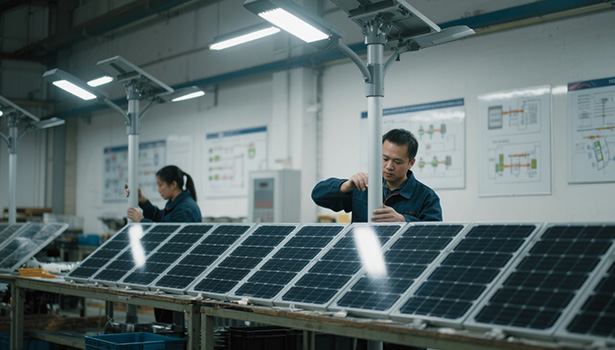
Energy Storage Challenges: In regions with unstable sunlight, such as mountainous areas with heavy rainfall and fog or high-latitude regions with short daylight hours, solar lighting systems face significant challenges in energy storage. Traditional lead-acid batteries, though cost-effective, suffer from low charge/discharge efficiency and short lifespan; lithium batteries, while superior in performance, are more expensive. In cases of consecutive cloudy days, insufficient energy storage can directly impact nighttime lighting performance. As a result, manufacturers are actively developing new high-capacity, long-life, and cost-effective energy storage batteries, as well as exploring intelligent energy management systems to enhance energy storage efficiency and stability.
Emerging Trends and Technologies
Energy Storage Technology Upgrades: With the evolution of lithium-ion battery technology and the gradual commercialization of solid-state batteries, the energy storage capacity of LED solar lighting systems is expected to significantly improve in the future. For example, solid-state batteries, with their higher energy density, can store more electricity in the same volume and offer greater safety, effectively avoiding the leakage and explosion risks associated with traditional lithium-ion batteries.
Additionally, new technologies such as sodium batteries and hydrogen fuel cells are under active development. These technologies offer advantages such as lower costs and abundant resources, potentially addressing the current issues of high costs and reliance on specific resources in energy storage batteries, enabling LED solar lighting fixtures to achieve long-term stable illumination in various environments.
Deep integration of smart technology: The deep integration of IoT technology with solar lighting systems will bring revolutionary user experiences. By installing sensors and communication modules, the lighting fixtures can monitor data such as light intensity, battery charge, and operating temperature in real time and upload the information to a cloud platform. Users can not only remotely turn the lighting fixtures on and off and adjust brightness via a mobile app but also predict faults in advance based on big data analysis to achieve preventive maintenance. Additionally, multiple lights can form a smart lighting network that automatically adjusts lighting strategies based on foot traffic and vehicle flow, ensuring optimal lighting while maximizing energy savings.
Continuous Efficiency Improvement: Researchers are continuously striving to enhance the efficiency of LED lighting and solar panels. Higher efficiency translates to greater energy savings and faster return on investment, further driving the widespread adoption of LED solar lighting fixtures.
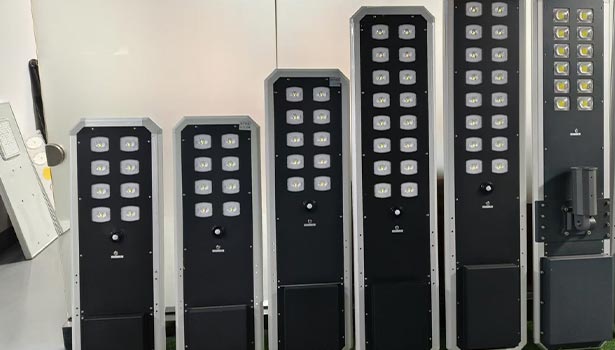
How Government Policies Help Promote Green Lighting
Subsidies and Incentives
Many governments around the world have introduced subsidies and tax incentives to reduce the cost of adopting LED lighting for businesses and households. By reducing upfront investment, these policies make energy-efficient lighting more accessible to the general public, effectively driving the rapid transition from traditional lighting to LED lighting.
Stringent Energy Regulations
To ensure compliance with modern environmental standards, some governments have established strict energy consumption regulations. These regulations not only set upper limits on energy consumption for lighting equipment in public buildings, commercial spaces, and other areas but also mandate the use of high-efficiency lighting solutions. For example, by establishing minimum energy efficiency standards, they gradually phase out high-energy-consuming, low-efficiency lighting equipment such as incandescent bulbs. This initiative not only drives technological upgrades in the lighting industry but also provides strong support for the widespread adoption of LED technology, accelerating the popularization of green lighting across society.
Public-Private Partnerships
Collaboration between the government and private enterprises has been strengthened, with both parties working together on large-scale LED projects. For example, the lighting in public spaces such as streets, parks, and government facilities has been upgraded using LED fixtures, which not only enhance the aesthetic appeal of these spaces but also significantly reduce energy consumption, achieving a win-win outcome in terms of both economic and environmental benefits.
Top LED solar lighting manufacturers play an irreplaceable key role in the green lighting revolution. With innovative technology and high-quality products, they are driving the lighting industry toward more energy-efficient, environmentally friendly, and efficient solutions. Despite current challenges in the industry, the future of LED solar lighting holds great promise under the backdrop of continuous technological innovation and strong government policy support. It is believed that in the near future, LED solar lighting will see broader application worldwide, contributing more to the construction of a green and sustainable world.

